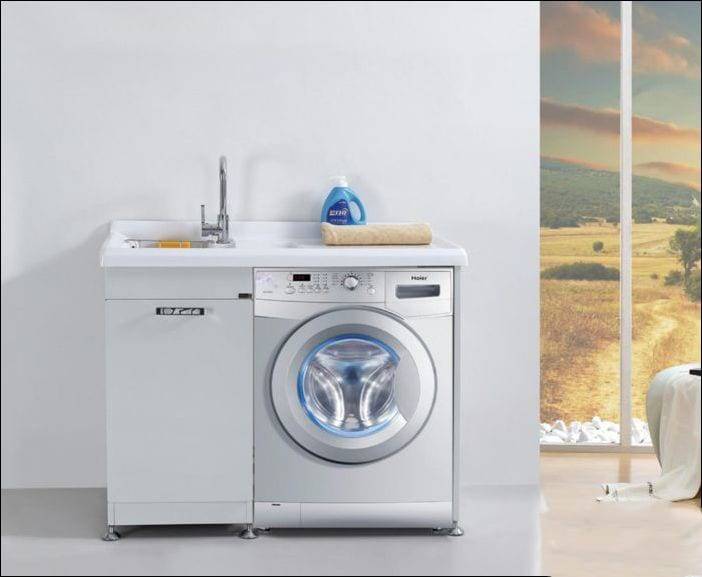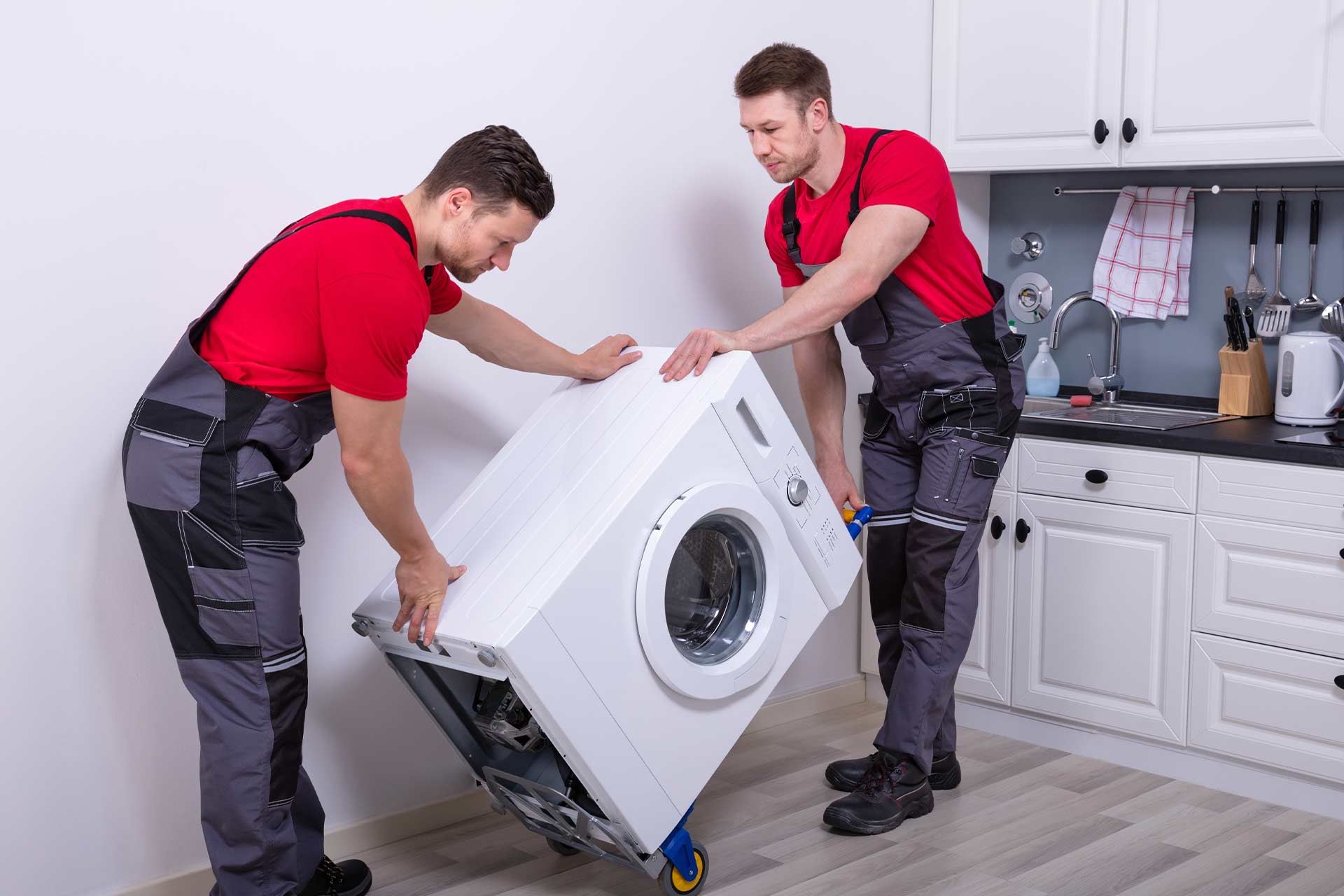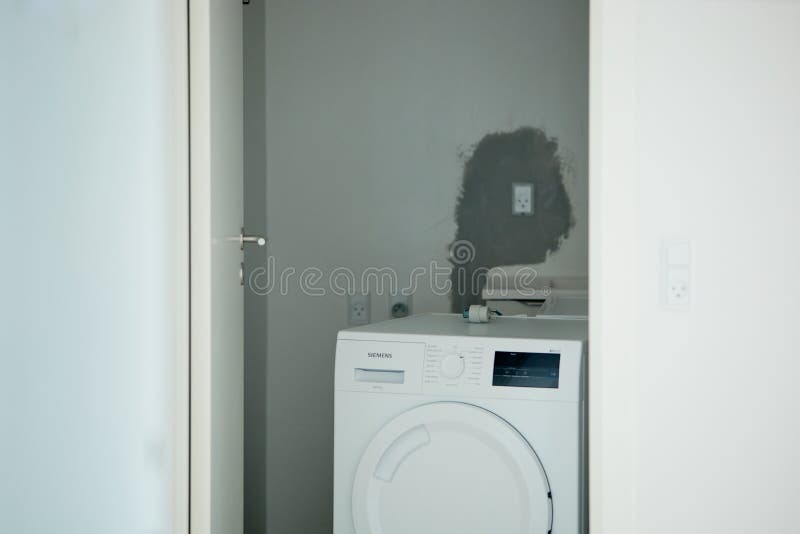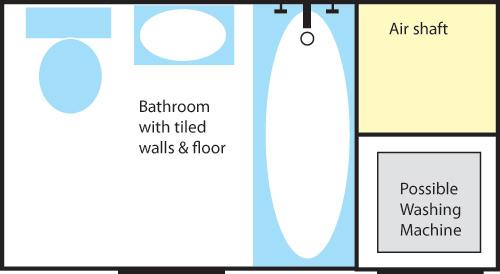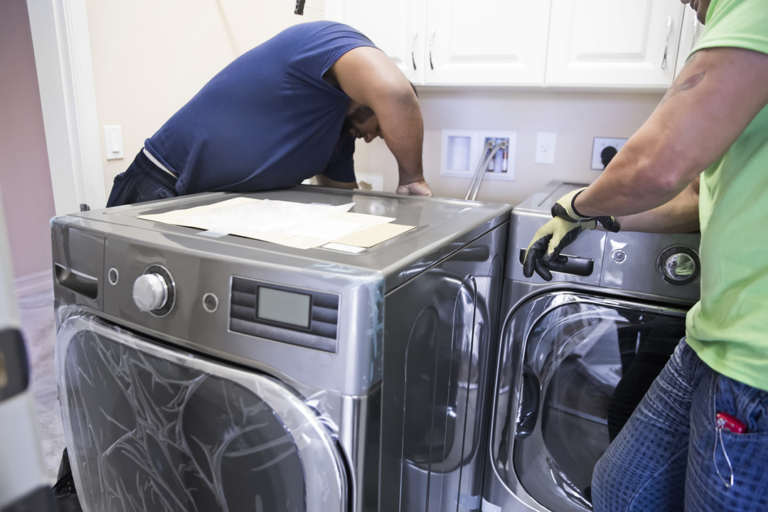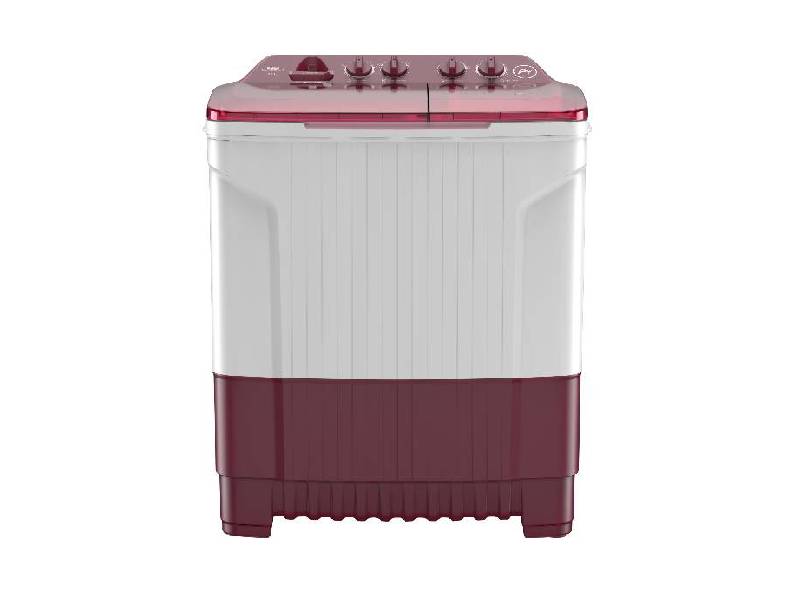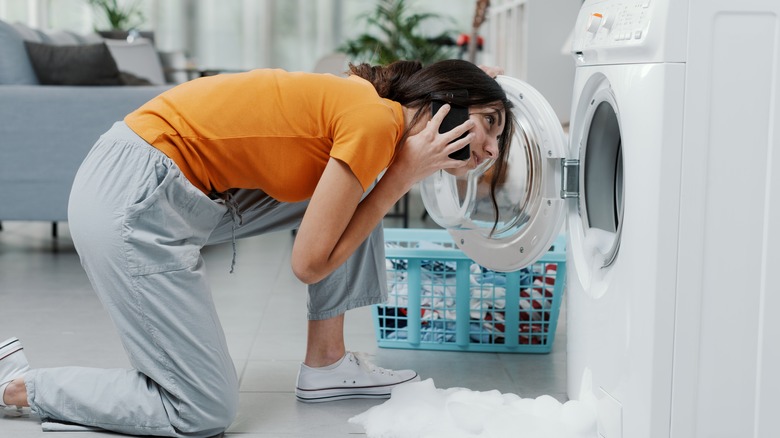1. How to Hook Up a Washing Machine to a Kitchen Sink
Are you tired of lugging your laundry to the laundromat or dealing with the hassle of a shared laundry room in your apartment building? Look no further – with a little DIY know-how, you can easily hook up a washing machine in your kitchen and say goodbye to those laundry woes for good.
The first step in hooking up a washing machine to your kitchen sink is to ensure that you have all the necessary materials. You will need a portable washing machine, a kitchen sink faucet adapter, and a drain hose. Make sure to measure the distance between your kitchen sink and the desired location for your washing machine to ensure that the drain hose will be long enough.
Once you have all the materials, it's time to get started on the installation process. Follow these steps for a successful hookup:
Step 1: Start by attaching the kitchen sink faucet adapter to your kitchen faucet. This adapter will allow you to connect your washing machine's water supply hose to the faucet.
Step 2: Next, connect the water supply hose to the faucet adapter. Make sure to tighten the connection to prevent any leaks.
Step 3: Now, place your washing machine in the desired location and connect the other end of the water supply hose to the back of the machine. Again, make sure to tighten the connection to prevent leaks.
Step 4: Connect the drain hose to the back of the washing machine and run it to the desired location for draining. If the distance between your kitchen sink and washing machine is more than a few feet, you may need to purchase an extension hose.
Step 5: Once all the connections are secure, turn on the water supply and check for any leaks. If everything looks good, you're ready to start doing your laundry in the comfort of your own kitchen!
2. Washing Machine Drain Hose Installation Tutorial
One of the most important steps in hooking up a washing machine to your kitchen sink is properly installing the drain hose. Here's a step-by-step guide to make sure you get it right:
Step 1: Start by placing the washing machine in the desired location and connecting the drain hose to the back of the machine.
Step 2: Next, run the drain hose to the location where you want the water to drain. If the distance is more than a few feet, you may need to purchase an extension hose.
Step 3: Once you have the drain hose in place, secure it with a hose clamp to prevent any leaks.
Step 4: If your kitchen sink has a garbage disposal, you will need to remove the knockout plug before connecting the drain hose. This will allow the water to drain properly without causing any clogs.
Step 5: Finally, make sure the drain hose is secured in place and not kinked or bent. This will ensure proper drainage and prevent any potential leaks.
With the drain hose properly installed, you can now confidently start using your washing machine without any worries of water damage or clogs.
3. Connecting a Washing Machine to a Kitchen Sink
Connecting a washing machine to your kitchen sink is a simple and cost-effective solution for those looking to do their laundry at home. Here are some tips to make the process even easier:
Tip 1: Make sure to purchase a portable washing machine that is the appropriate size for your space. If you have a small kitchen, opt for a smaller machine to save on space.
Tip 2: If your kitchen sink faucet does not have a removable aerator, you may need to purchase a universal adapter to connect the water supply hose to the faucet.
Tip 3: To prevent any excess water from splashing out of the sink, consider placing a towel or bowl underneath the faucet while the machine is in use.
Tip 4: If you're worried about the noise of the washing machine, consider placing a rubber mat underneath it to absorb some of the vibrations.
With these tips in mind, you can easily connect your washing machine to your kitchen sink without any hassle.
4. Step-by-Step Guide for Installing a Washing Machine
Installing a washing machine in your kitchen may seem like a daunting task, but with the right steps, it can be a smooth and easy process. Follow these steps for a successful installation:
Step 1: Gather all the necessary materials, including a portable washing machine, a kitchen sink faucet adapter, a drain hose, and any necessary extension hoses.
Step 2: Begin by attaching the faucet adapter to your kitchen sink faucet.
Step 3: Connect the water supply hose to the adapter and tighten the connection.
Step 4: Place the washing machine in the desired location and connect the other end of the water supply hose to the back of the machine.
Step 5: Connect the drain hose to the back of the washing machine and run it to the desired location for draining. Secure it with a hose clamp.
Step 6: If necessary, remove the knockout plug from your kitchen sink's garbage disposal to ensure proper drainage.
Step 7: Turn on the water supply and check for any leaks.
With these steps, you can easily install a washing machine in your kitchen and enjoy the convenience of doing your laundry at home.
5. Tips for Hooking Up a Washing Machine in a Small Space
Living in a small space doesn't mean you have to sacrifice the convenience of having a washing machine at home. Here are some tips for hooking up a washing machine in a small space:
Tip 1: Consider purchasing a compact or stackable washing machine to save on space.
Tip 2: If you have limited counter space, consider installing a shelf above your washing machine to use for folding or storing laundry items.
Tip 3: Use a portable drying rack or a retractable clothesline to save on space and avoid clutter.
Tip 4: If you have a small kitchen sink, opt for a smaller portable washing machine to prevent overcrowding.
With these tips, you can easily hook up a washing machine in a small space without compromising on functionality or space.
6. How to Connect a Washing Machine to a Kitchen Faucet
If you're wondering how to connect a washing machine to your kitchen faucet, don't worry – it's a simple process. Here's how to do it:
Step 1: Start by attaching the kitchen sink faucet adapter to your faucet.
Step 2: Connect the water supply hose to the adapter and tighten the connection.
Step 3: Place the washing machine in the desired location and connect the other end of the water supply hose to the back of the machine.
Step 4: Connect the drain hose to the back of the washing machine and run it to the desired location for draining. Secure it with a hose clamp.
Step 5: Turn on the water supply and check for any leaks.
This method is perfect for those who don't want to make any permanent changes to their plumbing or don't have access to a traditional washing machine hookup.
7. DIY: Installing a Washing Machine in Your Kitchen
Installing a washing machine in your kitchen is a simple and cost-effective DIY project. Here's how to do it:
Step 1: Gather all the necessary materials, including a portable washing machine, a kitchen sink faucet adapter, a drain hose, and any necessary extension hoses.
Step 2: Begin by attaching the faucet adapter to your kitchen sink faucet.
Step 3: Connect the water supply hose to the adapter and tighten the connection.
Step 4: Place the washing machine in the desired location and connect the other end of the water supply hose to the back of the machine.
Step 5: Connect the drain hose to the back of the washing machine and run it to the desired location for draining. Secure it with a hose clamp.
Step 6: Turn on the water supply and check for any leaks.
With these steps, you can easily install a washing machine in your kitchen and save money on professional installation fees.
8. Common Mistakes to Avoid When Hooking Up a Washing Machine
Hooking up a washing machine in your kitchen may seem like a simple task, but there are some common mistakes that can cause issues down the road. Here are some mistakes to avoid:
Mistake 1: Not measuring the distance between your kitchen sink and desired location for the washing machine, resulting in a drain hose that is too short.
Mistake 2: Not properly securing the drain hose, causing leaks or improper drainage.
Mistake 3: Not removing the knockout plug from the garbage disposal, resulting in clogs and drainage issues.
Mistake 4: Not tightening the connections between the water supply hose and faucet adapter or washing machine, causing leaks.
By avoiding these common mistakes, you can ensure a successful and hassle-free hookup for your washing machine.
9. How to Install a Washing Machine in a Rental with No Hookups
Living in a rental with no washing machine hookups may seem like a major inconvenience, but there is a solution – a portable washing machine. Here's how to install one in your rental:
Step 1: Place the portable washing machine in the desired location and connect the water supply hose to the faucet using a kitchen sink faucet adapter.
Step 2: Connect the drain hose to the back of the washing machine and run it to the desired location for draining. Secure it with a hose clamp.
Step 3: Turn on the water supply and check for any leaks.
With a portable washing machine, you can easily do your laundry in your rental without the need for traditional hookups.
10. Troubleshooting Tips for Connecting a Washing Machine to a Kitchen Sink
If you encounter any issues when connecting your washing machine to your kitchen sink, here are some troubleshooting tips:
Issue 1: Leaks at the connection points.
Solution: Make sure all connections are tightened properly and consider using plumbing tape for extra security.
Issue 2: Improper drainage.
Solution: Check that the drain hose is not kinked or bent, and make sure the knockout plug has been removed from the garbage disposal.
Issue 3: Noise or vibrations during use.
Solution: Place a rubber mat underneath the washing machine to absorb some of the vibrations.
By following these troubleshooting tips, you can easily solve any issues that may arise during the hookup process.
How to Efficiently Connect Your Washing Machine to Your Kitchen Sink
/Haire-washing-machine-hook-up-via-smallspaces.about.com-571e52dc3df78c5640523d54.jpg)
Efficiency and Convenience at Its Best
 In today's fast-paced world, convenience and efficiency are key factors in our daily lives. This applies to our living spaces as well, particularly in the kitchen. With the increasing trend of tiny homes and small apartments, it's essential to make the most out of every inch of space. This includes finding creative solutions for household chores, such as washing clothes. If you're looking for an efficient and convenient way to connect your washing machine to your kitchen sink, look no further. In this article, we'll guide you through the process, step by step.
In today's fast-paced world, convenience and efficiency are key factors in our daily lives. This applies to our living spaces as well, particularly in the kitchen. With the increasing trend of tiny homes and small apartments, it's essential to make the most out of every inch of space. This includes finding creative solutions for household chores, such as washing clothes. If you're looking for an efficient and convenient way to connect your washing machine to your kitchen sink, look no further. In this article, we'll guide you through the process, step by step.
A Quick and Easy Solution
 Connecting your washing machine to your kitchen sink may seem like a daunting task, but it's actually a quick and easy solution. Not only does it save space, but it also eliminates the need for a separate laundry room. Plus, you won't have to deal with the hassle of moving heavy loads of laundry from one room to another. All you need are a few basic tools and materials, and you'll have your washing machine up and running in no time.
Connecting your washing machine to your kitchen sink may seem like a daunting task, but it's actually a quick and easy solution. Not only does it save space, but it also eliminates the need for a separate laundry room. Plus, you won't have to deal with the hassle of moving heavy loads of laundry from one room to another. All you need are a few basic tools and materials, and you'll have your washing machine up and running in no time.
The Tools and Materials You'll Need
 Before you start the process, make sure you have the necessary tools and materials. You'll need a washing machine hose, a Y-hose connector, a threaded faucet adapter, and a bucket or large container. These items can easily be found at your local hardware store. It's crucial to ensure that the faucet adapter and Y-hose connector are the correct size for your sink and washing machine.
Before you start the process, make sure you have the necessary tools and materials. You'll need a washing machine hose, a Y-hose connector, a threaded faucet adapter, and a bucket or large container. These items can easily be found at your local hardware store. It's crucial to ensure that the faucet adapter and Y-hose connector are the correct size for your sink and washing machine.
Step by Step Guide
Efficiency and Convenience at Its Finest
 Connecting your washing machine to your kitchen sink not only saves space but also adds a touch of convenience to your daily routine. You'll no longer have to worry about moving laundry from one room to another or dealing with a cramped laundry room. With this simple and efficient solution, you can make the most out of your living space and enjoy a hassle-free laundry experience. So, say goodbye to the traditional laundry set up and hello to a more efficient and convenient way of doing laundry.
Connecting your washing machine to your kitchen sink not only saves space but also adds a touch of convenience to your daily routine. You'll no longer have to worry about moving laundry from one room to another or dealing with a cramped laundry room. With this simple and efficient solution, you can make the most out of your living space and enjoy a hassle-free laundry experience. So, say goodbye to the traditional laundry set up and hello to a more efficient and convenient way of doing laundry.




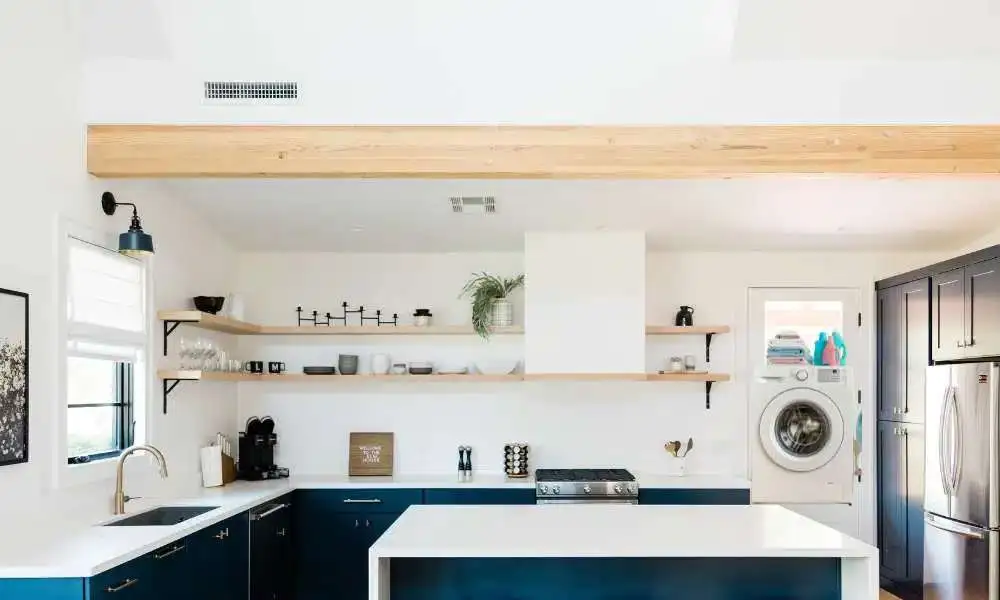






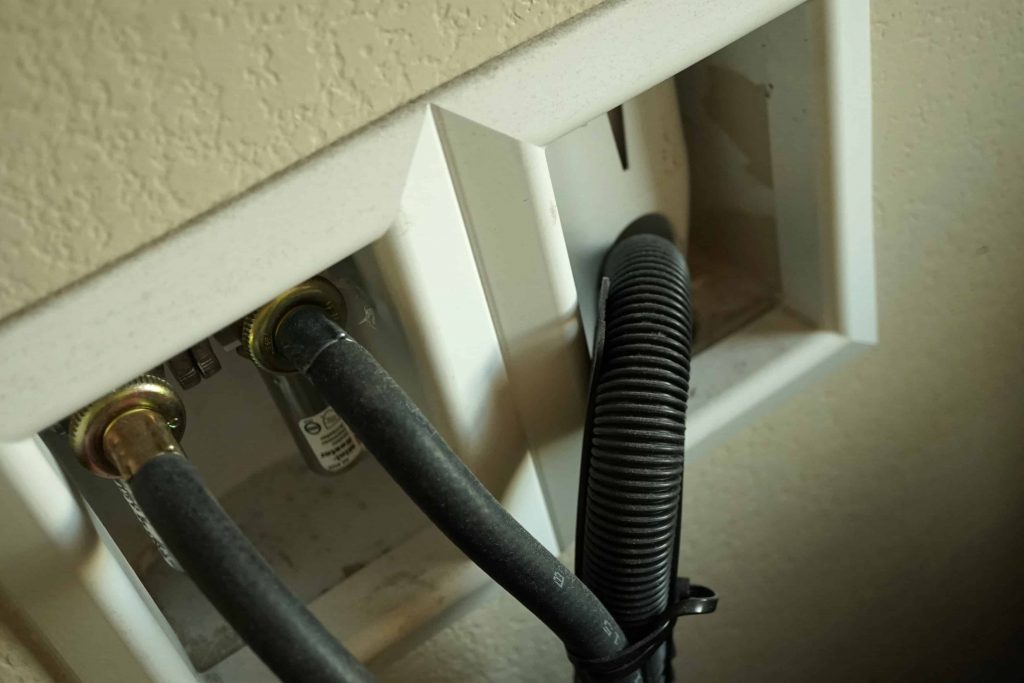

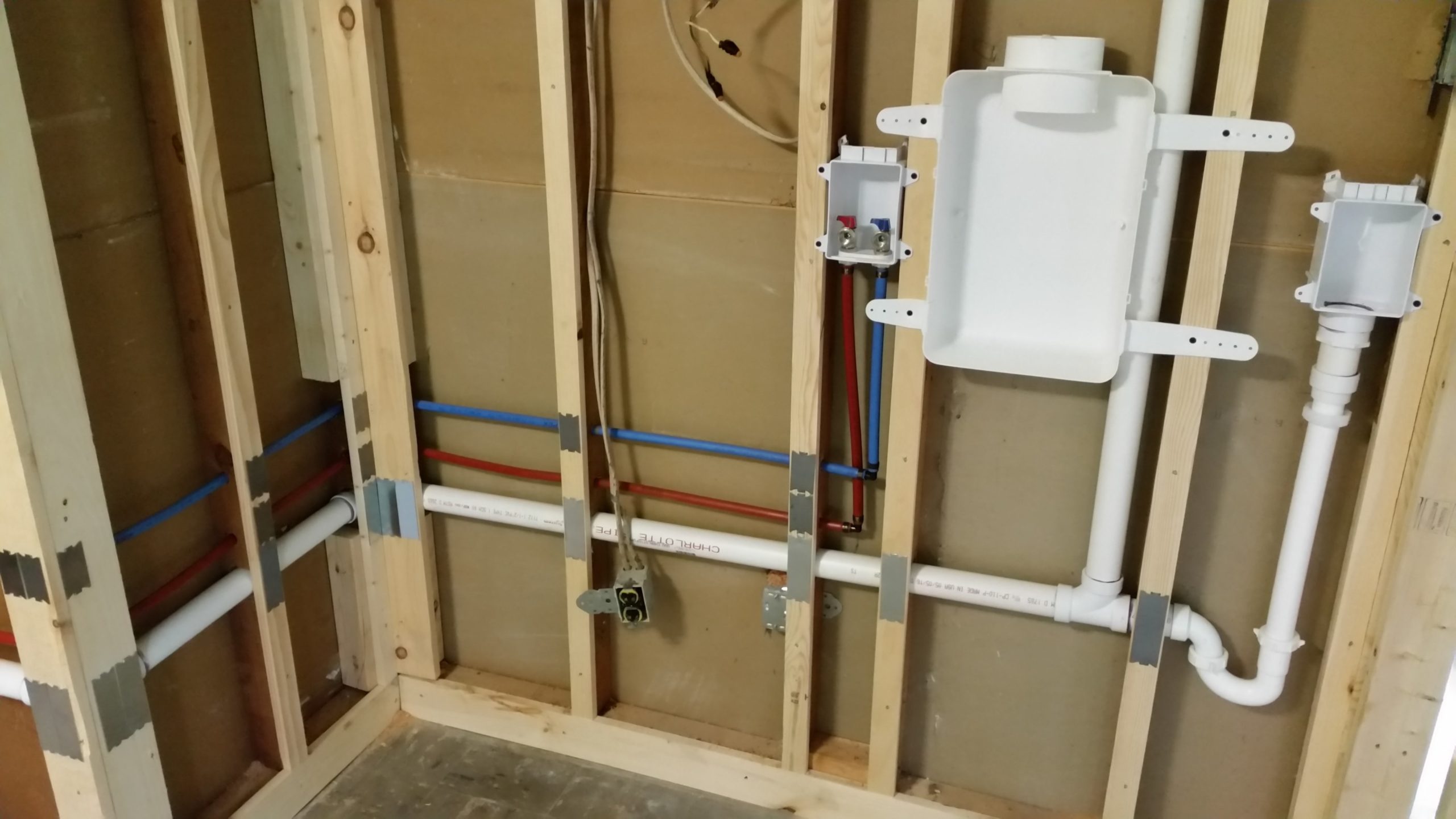

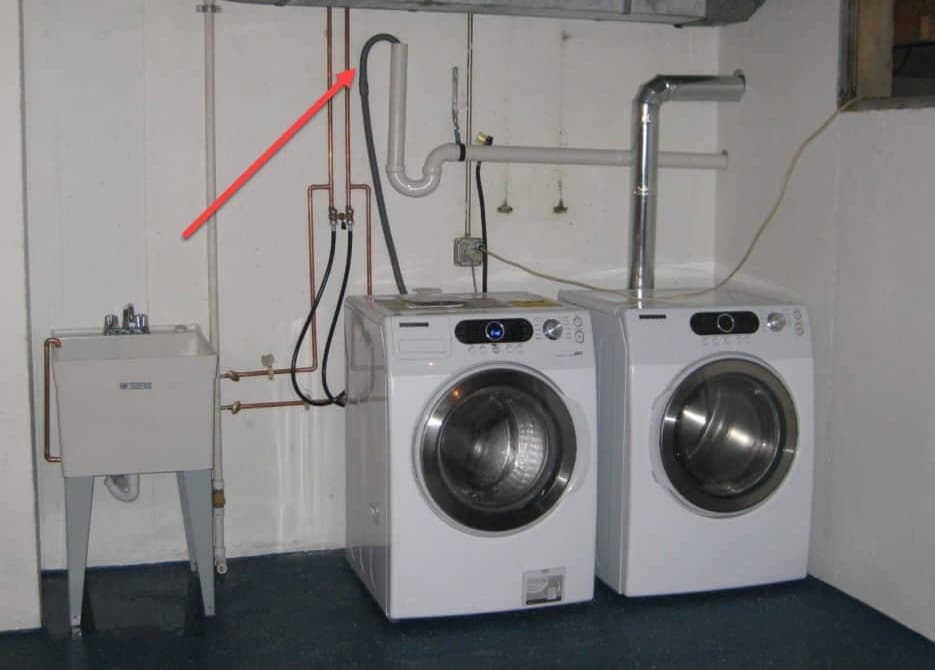
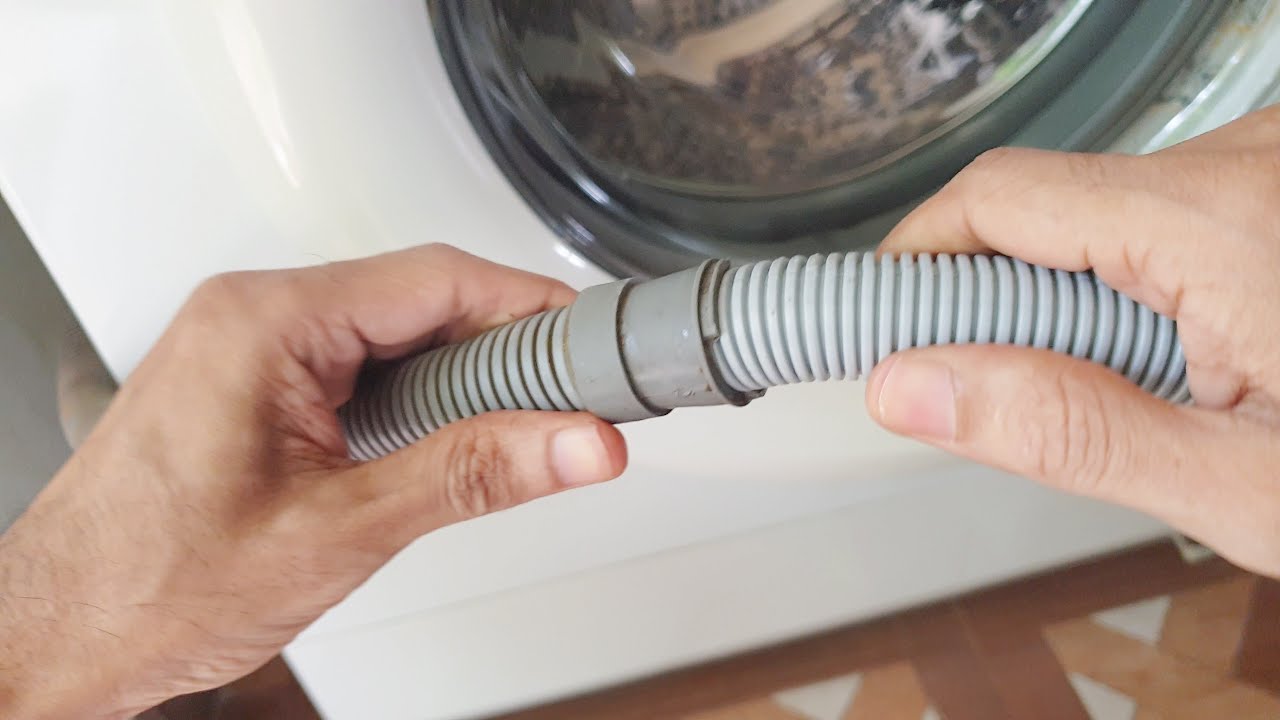






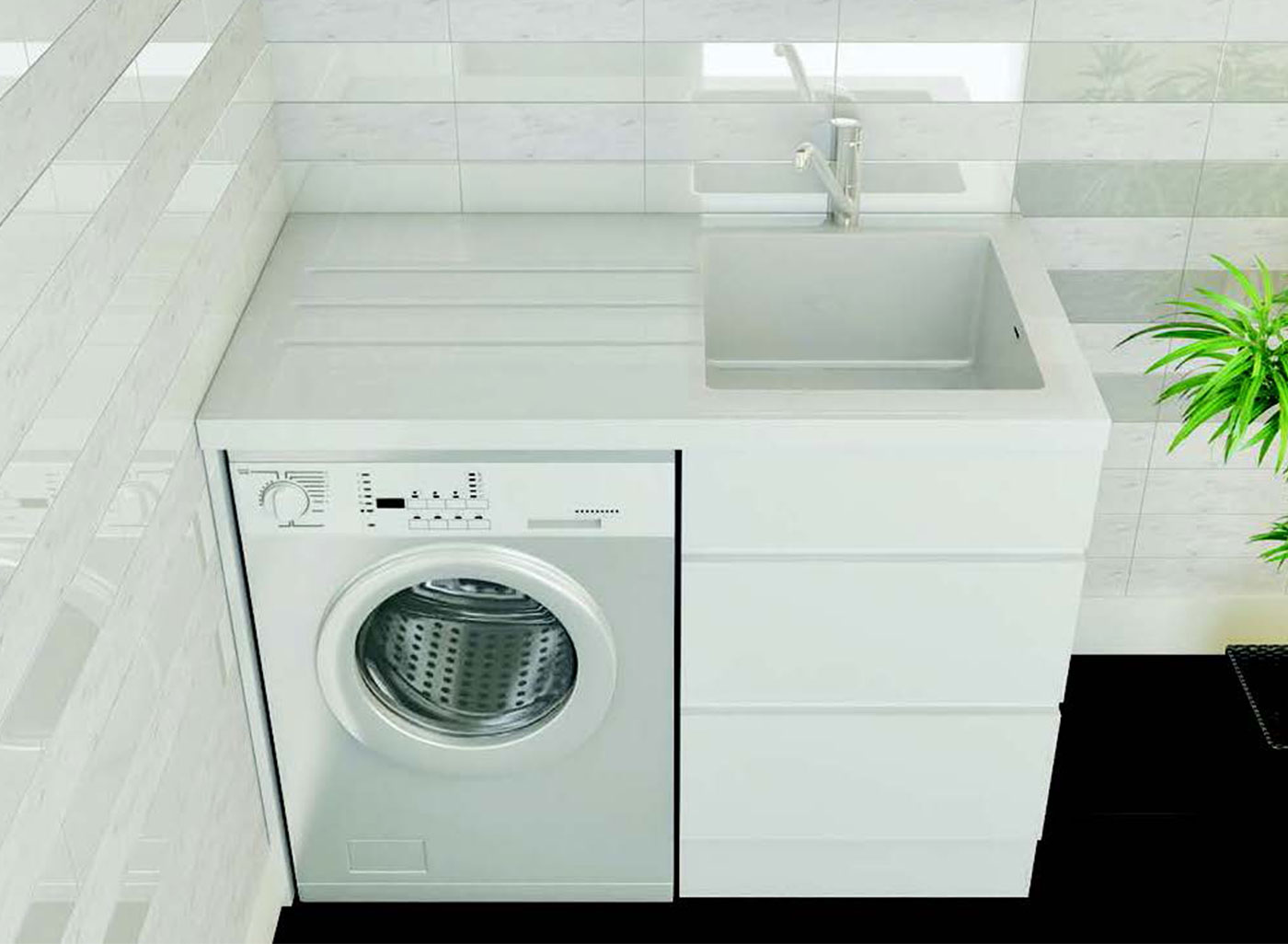
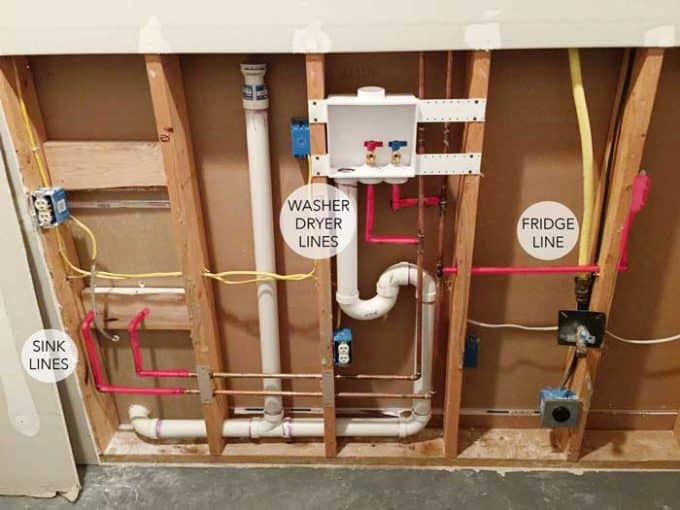

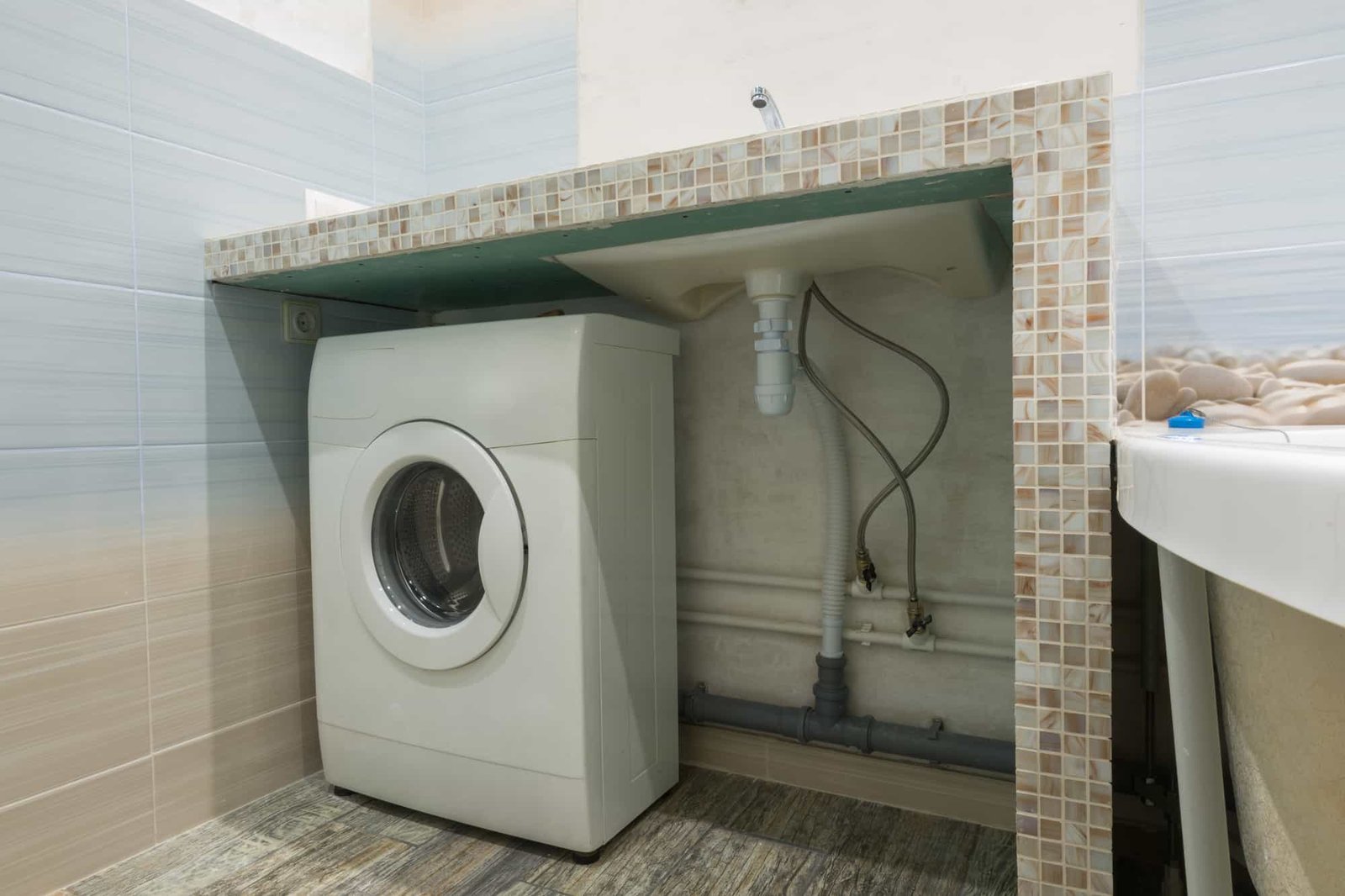


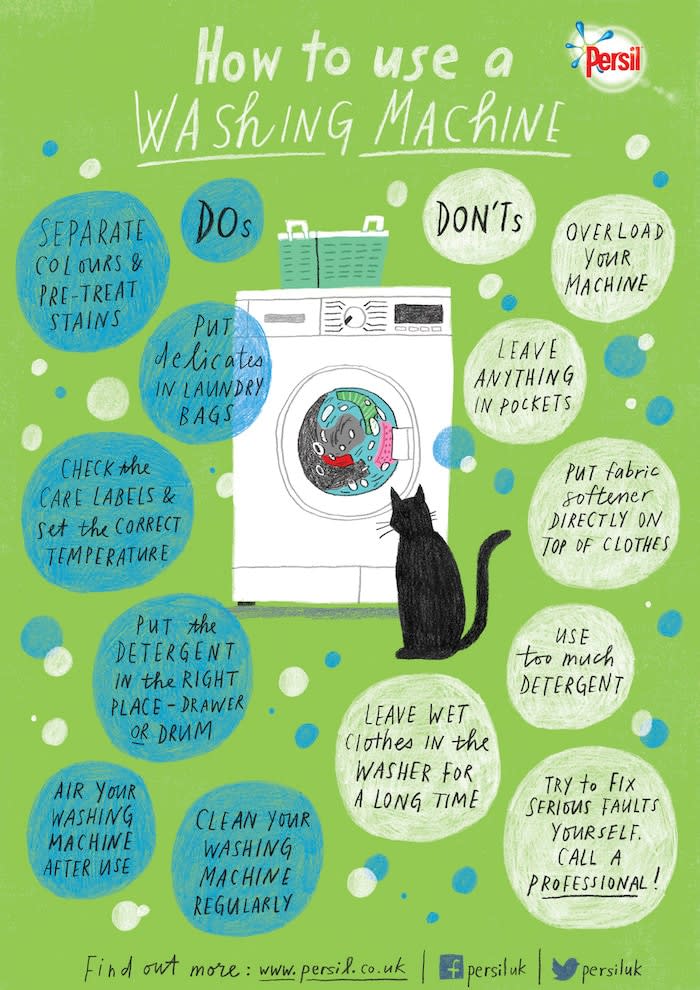




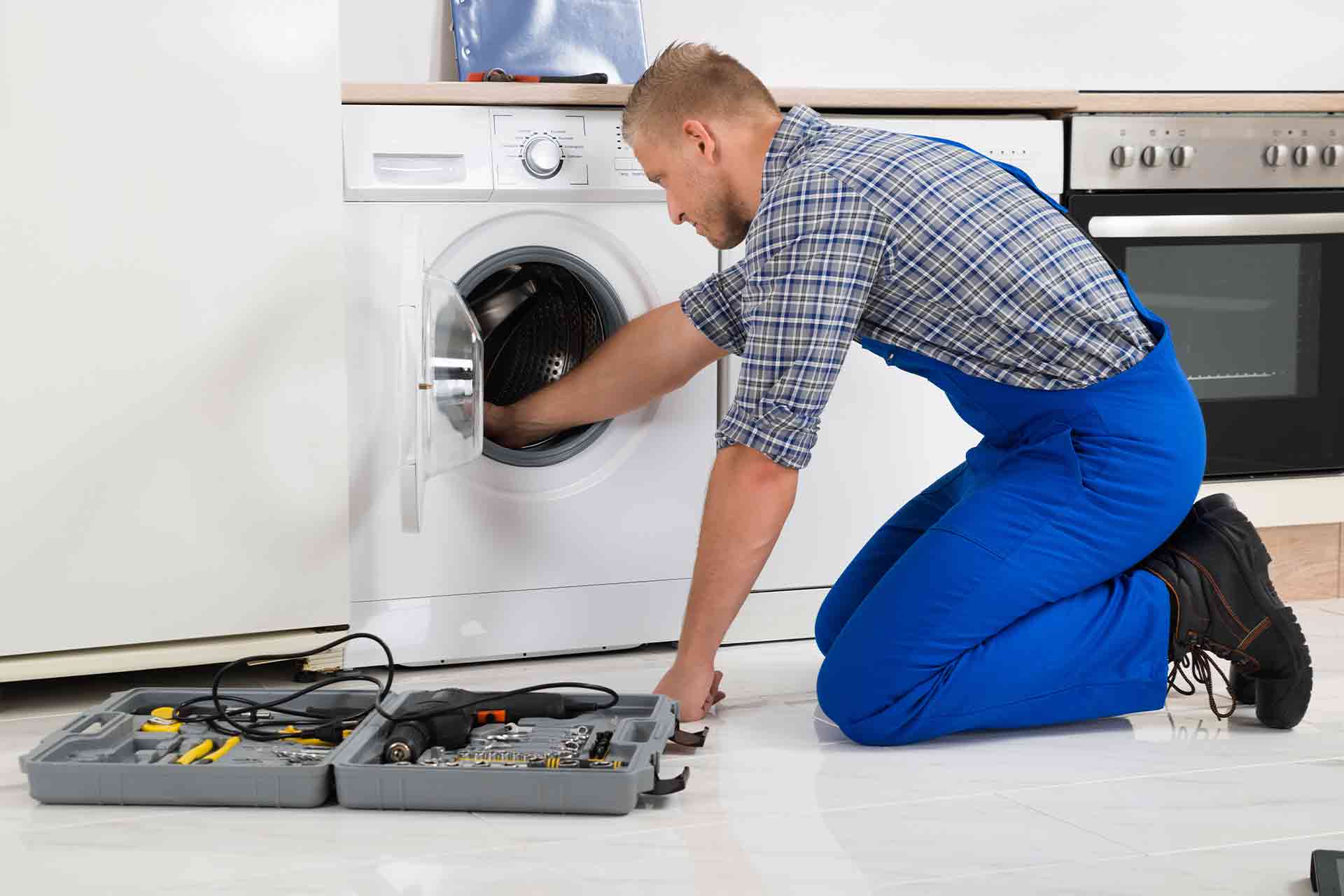



/how-to-install-a-washing-machine-5235504-hero-7944c5c0add84e888f2efcf35fef5488.jpg)
















